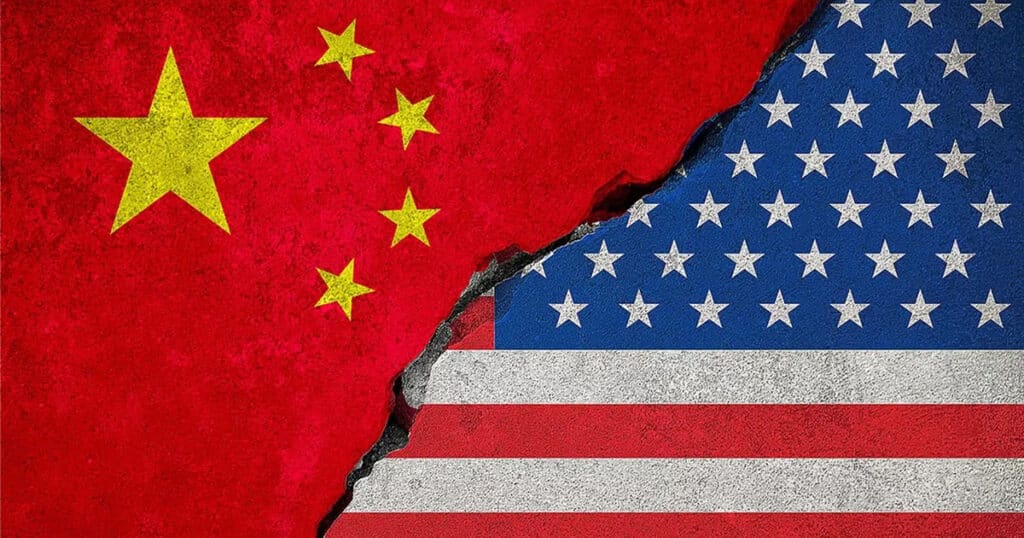
Energy-Intensive Manufacturing in US a Victim of ‘Giant Sucking Sound’ From China
American manufacturing has fallen victim to a “giant sucking sound,” according to an expert on energy and climate.
There is a “a giant sucking sound of energy-intensive manufacturing leaving the West and going to China,” Diana Furchtgott-Roth, director of the Center for Energy, Climate, and Environment at The Heritage Foundation, told The Daily Signal.
The prevalence of the green energy agenda has moved a significant portion of energy production to China, which, according to Furchtgott-Roth, has resulted in the West “committing economic suicide.”
The West’s “green energy policies cost billions of dollars annually and are driving up Western electricity prices,” she said. “Since China produces about 75% of wind components, solar panels, and batteries, the West is forced to go to China to feed its green habit.”
But energy production is not the only manufacturing field at which China is excelling.
China’s robust military manufacturing industry has been strategically growing for years while America’s is languishing.
“With more than 2 million active military personnel, the People’s Liberation Army remains one of the world’s largest militaries, and its days of largely obsolescent equipment are in the past,” according to The Heritage Foundation’s 2024 Index of U.S. Military Strength.
Take shipbuilding, for example. In 2024, China’s largest shipbuilder built more commercial ships by tonnage than the U.S. has built since World War II, according to the Center for Strategic and International Studies, a Washington, D.C.-based think tank. Foreign nations are buying ships from China, stimulating China’s economy and ability to develop naval technology.
Furthermore, China’s commercial and military ship production are integrated, “giving its People’s Liberation Army Navy access to infrastructure, investment, and intellectual property acquired from commercial contracts,” according to the think tank.
“In March 2023, China announced a draft defense budget of $224.79 billion, an increase of 7.2%, marking the eighth consecutive year of single-digit increases,” according to Heritage’s index.
While the U.S. still has more military destroyer vessels, submarines, and ground attack aircraft, China is quickly catching up, and in some cases has more modernized equipment than the U.S.
Recent reporting from The Wall Street Journal found that while the U.S. has about 1,000 more ground attack aircraft than China, the planes China has are almost entirely advanced or modern, while more than one-third of the U.S. planes are considered “old equipment.”
Beyond energy and military manufacturing, China’s electronic manufacturing sector is twice as large as America’s.
President Donald Trump has taken aggressive actions against China since taking office. After Trump slapped a 145% tariff on goods imported into the U.S. from China, a deal was reached in March to lower the tariffs to 30% for 90 days while the two nations engaged in negotiations. But on Monday, China accused the U.S. of undermining the trade agreement after Trump on Friday accused China of having “totally violated its agreement with us.”
Negotiations over tariffs between the two nations continue as Reuters reported Tuesday that China’s factory activity shrank in May for the first time in eight months.



